Search
Remove Ads
Advertisement
Summary 
Loading AI-generated summary based on World History Encyclopedia articles ...
Search Results
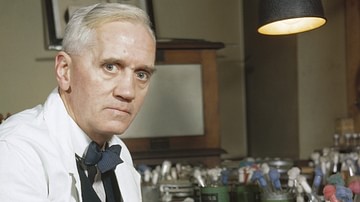
Article
Discovery of Penicillin
The age of antibiotics began in September 1928, with the discovery of penicillin by Alexander Fleming (1881-1955), then a professor of bacteriology at St. Mary's Hospital in London. Previously there were no effective treatments against a...

Video
How Alexander Fleming Discovered Penicillin
Alexander Fleming was a Scottish doctor and microbiologist who discovered the world’s first effective antibiotic: penicillin. This discovery revolutionized medicine, and has been described as the single greatest victory ever achieved over...

Video
Penicillin: From Fleming to the Pharmacy
Penicillin's discovery by Alexander Fleming in 1929 gets a lot of hype as the advent of antibiotics. But in reality, Fleming was just one part of the story. A team from Oxford University led by Howard Florey, in partnership with the Northern...
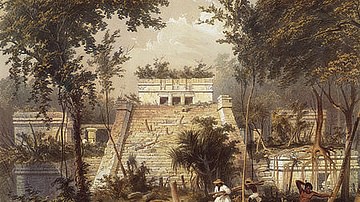
Article
Early Explorers of the Maya Civilization: John Lloyd Stephens and Frederick Catherwood
The names of John Lloyd Stephens and Frederick Catherwood are forever linked to the Maya and Mayan studies as the two great explorers who documented the ruins from Copan in the south to Chichen Itza in the north. The stories told by Stephens...
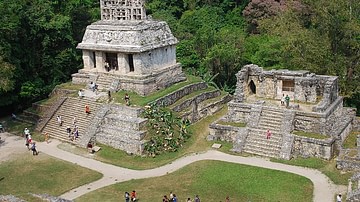
Article
Early Explorers of the Maya Civilization: From Aguilar to Waldek
Although John Lloyd Stephens and Frederick Catherwood are consistently credited with the `discovery' of the Maya Civilization, there were many who preceded them who sparked their interest in making their famous travels through Mesoamerica...

Image
Professor Alexander Fleming
Synthetic production of penicillin by Professor Alexander Fleming, holder of the Chair of Bacteriology at London University, who first discovered the mould penicillin notatum, in his laboratory at St Mary's, Paddington, London (1943). Imperial...
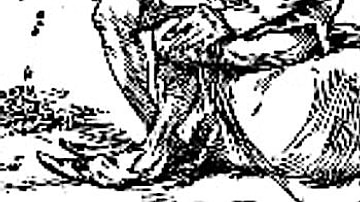
Definition
Leprechaun
Leprechauns (also leprecauns or lepracauns) are figures in Irish folklore who guard hidden treasure. Regarded as small and incredibly agile male fairies or goblins, they most often guard a pot of gold. Leprechauns live solitary lives and...
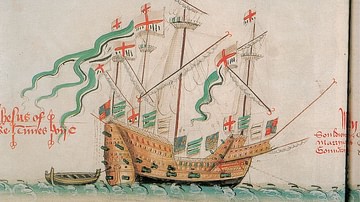
Collection
Elizabethan Explorers, Privateers & Colonists
The reign of Elizabeth I of England (1558-1603 CE) witnessed an extraordinary spurt of exploration as tiny wooden ships boldly set sail from English shores to cross the world's oceans. Famous mariners like Francis Drake, Martin Frobisher...
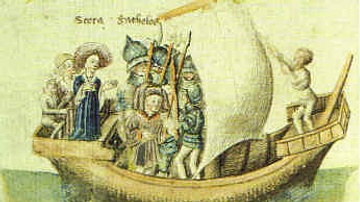
Definition
Scotichronicon
The Scotichronicon is a 15th Century CE legendary chronicle by Walter Bower (c. 1385 – 1449 CE) which recounts the history of Scotland and the Scottish people. The Scotichronicon begins with the Biblical Creation story and ends with the death...

Video
The Contributions of Female Explorers - Courtney Stephens
View full lesson: http://ed.ted.com/lessons/the-contributions-of-female-explorers-courtney-stephens During the Victorian Age, women were unlikely to become great explorers, but a few intelligent, gritty and brave women made major contributions...